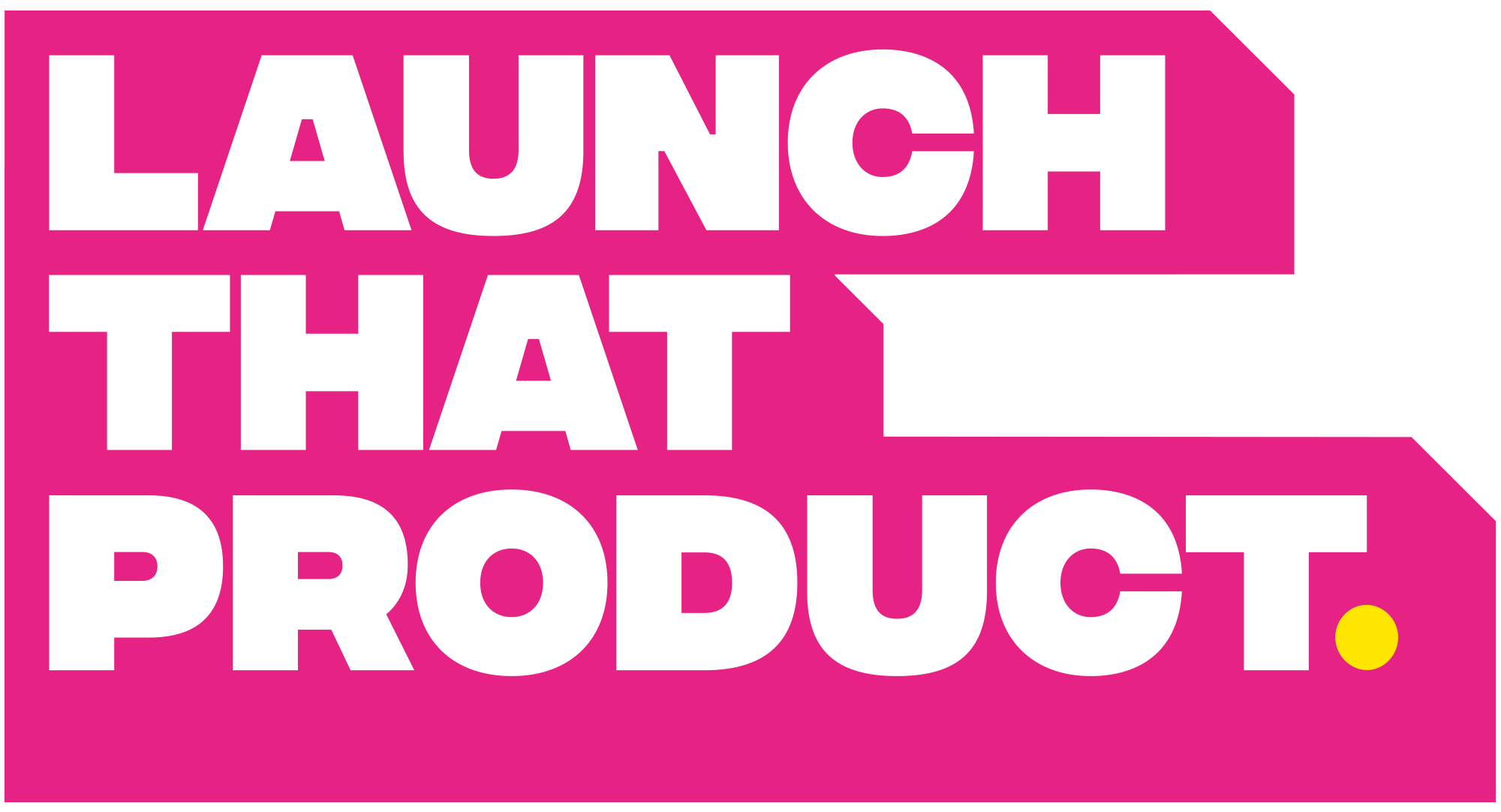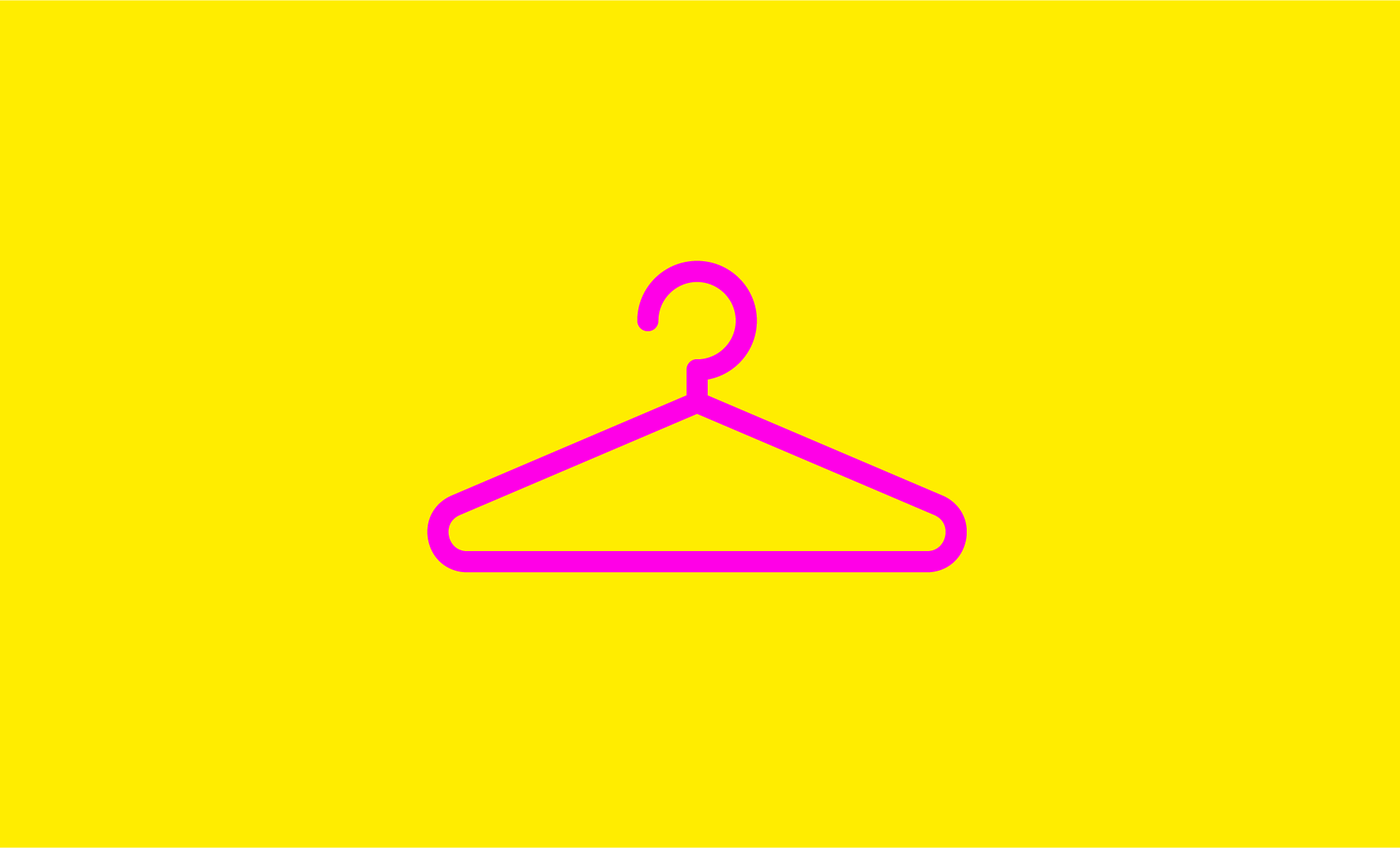Starting a clothing brand can be a great way to start your entrepreneurial journey. However, it is important that you follow the correct steps when starting your own clothing company. This guide will help you with your planning process.
A Bit of background
The global clothing market is predicted to reach over $290 billion by 2023, and clothing retailers generate 40 percent of their revenue from casual wear. In order to take it one step further, some brands are riding the wave of online shopping by starting independent brands via social media. The result has been a boom in new models with slightly higher pricing than incumbents' products.
Starting a clothing brand shouldn't be any different to starting any other business.
BUT....
Are you looking to start a clothing business or a clothing brand? Since there is a difference.
I see a lot of people get lost in the detail and start designing their clothing line before they have considered some very essential steps. Put the pen down and start researching! Trust me, you'll thank me later.
So Where Do I Start?
Before you start planning your next clothing brand, you should take the time to clearly define your market:
1. Who am I making this for? What is their pain point?
Start by listing in detail what you believe your target customer would like to wear, why they would want to wear it, and who your competitors would be in this space. Knowing your demographic makes it easier to create a narrative that will appeal to them.
2. Narrow Down your focus
Remember, appealing to everyone means you sell to no one. Look at sub-sections within your target market and tailor your offering to them. Successful clothing brands take a tribal strategy to build their audience. It's very much about bringing together a like-minded audience through your clothing. Whether it's popular culture, status, or a movement, you need to decide what your angle is.
3. Do your research
Look at who else is serving this market. In particular, how are they doing it? Look at:
a) What is in their assortment? In particular look for their hero product that got them on the map
b) Their pricing strategy. How are they positioning their brand?
c) Their marketing channels - are they using social media? Are they endorsing influencers or celebrities?
d) What channels are they using to sell their clothes? Through other retailers or direct?
What you're looking for is already on the internet!
In doing your research you would be amazed at how much you can learn from reading comments and reviews. Look for similar products that sell on Amazon, take time and read the reviews. Understand why people like or what aspects they dislike. You can also get a feel for the person making the purchase and what their motivation is. I also tend to use platforms like Reddit which are great at understanding the public opinion of a certain demographic towards a brand or a category.
Once you've done your research, start scamping out your designs and share them with people from the demographic you are looking to serve. Getting good feedback is invaluable.
4. Don't be a 'Me Too' brand
Don't expect to be 'inspired' by what is already out there and expect to be as successful as they are. Doing something someone else has done will mean that the value you bring is transactional and not emotional. The key to an emotional purchase is authenticity. To build a tribe you need to be authentic, the real deal. Find your angle and do your research
5. Work on your narrative
The internet age has split the market into two.
a) Purely Transactional
Transactional is precisely that. I need a hoody, I don't care much about the brand; providing it meets my budget and broadly my taste, I'll buy it. Value is placed on convenience and quite often price and this is why retailers like Amazon are flourishing. This strategy won't suit an early start-up since it depends on selling volume at a low price. You are as good as your last sale!
b) Story Tellers - Brands with purpose
This is where your audience buys into your narrative and your purpose. Wearing your clothing serves more than a functional purpose but gives them a sense of belonging. Brands like Lululemon or Tom's have a strong narrative and sense of purpose whilst being very focused on their demographic. They are able to sell their products at a higher price because they resonate with their audience. Couple this with good quality and a line that meets their aesthetic and functional needs and you will be on the road to building some serious brand value.
Narrative that resonates = emotional purchase = brand value



